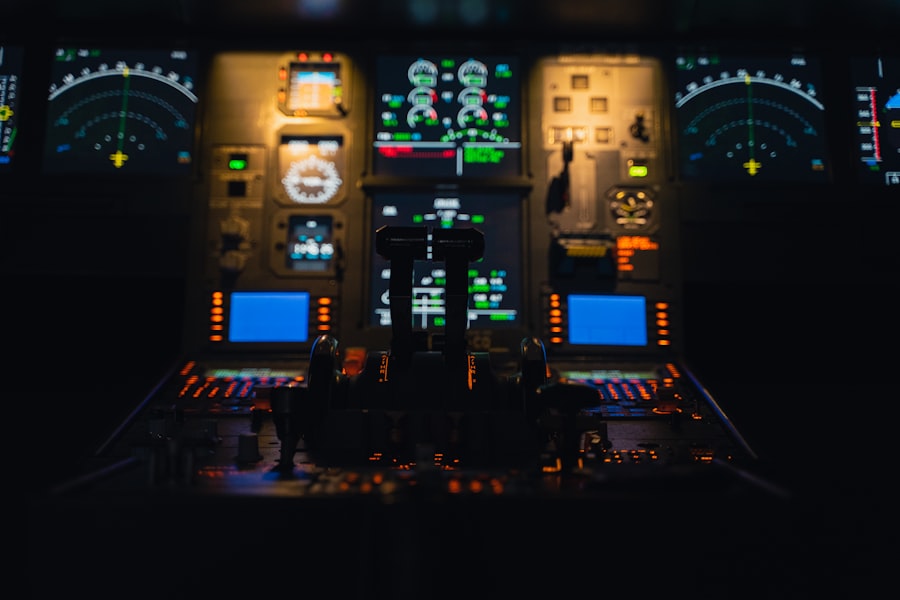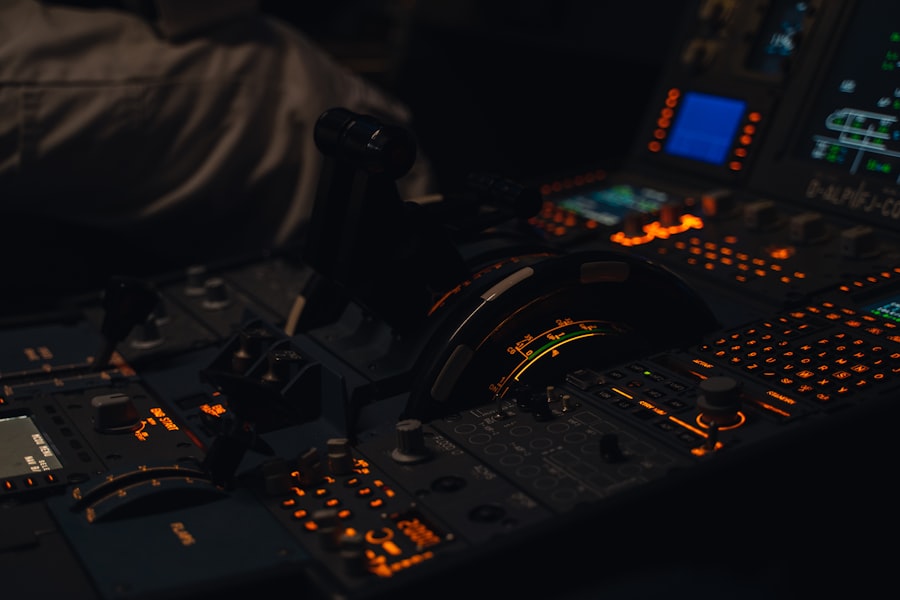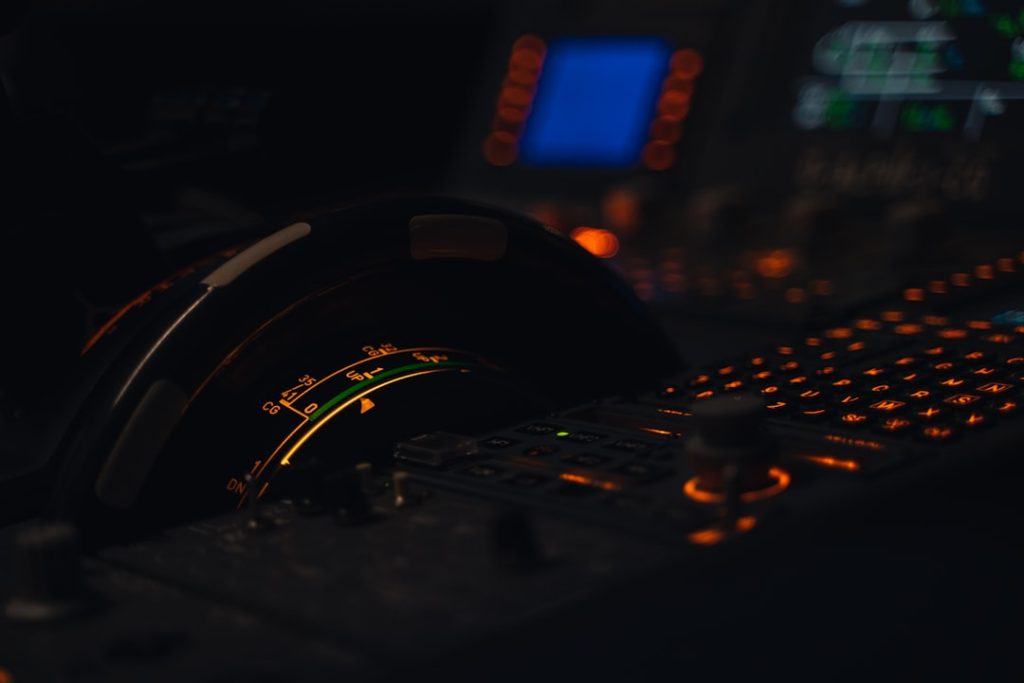Airplane engineering is a multifaceted discipline that encompasses the design, development, and maintenance of aircraft. This field combines principles from various engineering domains, including mechanical, electrical, and materials engineering, to create machines capable of flight. The complexity of airplane engineering is underscored by the need for precision and safety, as even minor design flaws can lead to catastrophic failures.
Engineers in this field must possess a deep understanding of physics, mathematics, and aerodynamics, as well as a keen awareness of regulatory standards and industry best practices. The significance of airplane engineering extends beyond mere transportation; it plays a crucial role in global connectivity, commerce, and defense. The ability to transport goods and people across vast distances has transformed economies and societies.
As air travel continues to grow, the demand for innovative engineering solutions becomes increasingly critical. This article delves into the evolution of airplane design, the materials and manufacturing techniques employed, the principles of aerodynamics, propulsion systems, avionics, safety measures, and future trends that are shaping the aviation industry.
Key Takeaways
- Airplane engineering involves the design, development, and construction of aircraft to ensure safe and efficient flight.
- The evolution of airplane design has seen significant advancements in aerodynamics, materials, and manufacturing techniques over the years.
- Materials such as composites and advanced alloys, along with innovative manufacturing techniques, have revolutionized airplane construction.
- Aerodynamics and efficiency play a crucial role in airplane design, impacting fuel consumption and overall performance.
- Propulsion systems and engine technology continue to evolve, with a focus on enhancing fuel efficiency and reducing environmental impact.
Evolution of Airplane Design
The journey of airplane design began in the early 20th century with pioneers like the Wright brothers, who achieved the first powered flight in 1903. Their initial designs were rudimentary, relying on wood and fabric for construction. However, as aviation technology advanced, so did the complexity of aircraft design.
The introduction of metal structures during World War I marked a significant turning point, allowing for stronger and more durable airframes. This shift enabled engineers to create larger aircraft capable of carrying heavier payloads and achieving greater speeds. Post-World War II saw a rapid evolution in airplane design driven by technological advancements and the onset of the jet age.
The introduction of jet engines revolutionized commercial aviation, leading to the development of iconic aircraft such as the Boeing 707 and the Douglas DC-8. These jets not only increased speed but also improved fuel efficiency and passenger comfort. The design philosophy shifted towards optimizing aerodynamics and enhancing performance metrics.
Engineers began to employ computer-aided design (CAD) tools, which allowed for more intricate designs and simulations that could predict an aircraft’s behavior under various conditions.
Materials and Manufacturing Techniques

The choice of materials in airplane engineering is critical to achieving the desired performance characteristics while ensuring safety and durability. Traditionally, aircraft were constructed using aluminum due to its favorable strength-to-weight ratio and resistance to corrosion. However, advancements in materials science have led to the incorporation of composite materials such as carbon fiber reinforced polymer (CFRP) in modern aircraft design.
These composites offer significant weight savings while maintaining structural integrity, which is essential for improving fuel efficiency. Manufacturing techniques have also evolved significantly over the years. The advent of automated processes such as computer numerical control (CNC) machining and additive manufacturing (3D printing) has transformed how components are produced.
CNC machining allows for precise cutting and shaping of materials, while 3D printing enables the creation of complex geometries that were previously impossible to achieve with traditional methods. These innovations not only reduce production time but also minimize waste, contributing to more sustainable manufacturing practices in the aviation industry.
Aerodynamics and Efficiency
| Aspect | Metric | Value |
|---|---|---|
| Aerodynamics | Drag Coefficient | 0.25 |
| Aerodynamics | Downforce | 500 N |
| Efficiency | Fuel Economy | 40 mpg |
| Efficiency | Energy Recovery | 20% |
Aerodynamics plays a pivotal role in airplane engineering, influencing everything from fuel consumption to flight stability. The shape of an aircraft is meticulously designed to minimize drag while maximizing lift. Engineers utilize computational fluid dynamics (CFD) simulations to analyze airflow around an aircraft’s surfaces, allowing them to refine designs before physical prototypes are built.
This iterative process helps identify potential issues early in development, leading to more efficient designs. The quest for efficiency has led to innovations such as winglets—small vertical extensions at the tips of wings that reduce vortex drag. By improving aerodynamic efficiency, winglets can enhance fuel economy by several percentage points, which is significant given the rising costs of aviation fuel.
Additionally, advancements in airfoil design have resulted in wings that can adapt their shape during flight, optimizing performance across various phases of operation. These developments reflect a broader trend in aviation toward sustainability and reduced environmental impact.
Propulsion Systems and Engine Technology
The propulsion system is one of the most critical components of an aircraft, determining its speed, range, and overall performance. The evolution from piston engines to turbojet engines marked a significant milestone in aviation history. Turbojets provided higher thrust-to-weight ratios and allowed for faster cruising speeds at higher altitudes.
However, they were not without drawbacks; their fuel efficiency was relatively poor compared to later developments. The introduction of turbofan engines revolutionized commercial aviation by offering a more efficient alternative to turbojets. Turbofans operate by mixing high-speed exhaust with bypass air, resulting in quieter operation and improved fuel efficiency.
Modern engines are equipped with advanced technologies such as variable fan geometry and digital engine control systems that optimize performance based on real-time flight conditions. As environmental concerns grow, research into alternative propulsion systems—such as electric and hybrid engines—has gained momentum, promising a future where aviation can significantly reduce its carbon footprint.
Avionics and Flight Control Systems

Avionics refers to the electronic systems used in aircraft for communication, navigation, and monitoring. The evolution of avionics has been transformative, moving from analog systems to sophisticated digital networks that enhance situational awareness for pilots. Modern cockpits are equipped with glass displays that integrate data from various sensors, providing pilots with real-time information about the aircraft’s performance and surrounding environment.
Flight control systems have also advanced significantly, transitioning from mechanical linkages to fly-by-wire technology. In fly-by-wire systems, electronic signals replace traditional control cables, allowing for more precise handling and greater flexibility in aircraft design. This technology enables features such as automatic stability augmentation systems that assist pilots in maintaining control during challenging flight conditions.
Furthermore, advancements in artificial intelligence are paving the way for autonomous flight systems that could revolutionize air travel by reducing human error and increasing operational efficiency.
Safety and Structural Integrity
Safety is paramount in airplane engineering, with rigorous standards governing every aspect of design and operation. Engineers conduct extensive testing to ensure that aircraft can withstand extreme conditions, including turbulence, temperature fluctuations, and structural loads during flight maneuvers. The use of finite element analysis (FEA) allows engineers to simulate stress distributions within an aircraft’s structure, identifying potential failure points before they become critical issues.
Structural integrity is maintained through a combination of robust design practices and regular maintenance protocols. Aircraft undergo routine inspections to detect wear and tear that could compromise safety. Additionally, advancements in non-destructive testing (NDT) techniques enable engineers to assess the condition of materials without causing damage.
Techniques such as ultrasonic testing and radiography provide insights into the internal structure of components, ensuring that any potential issues are addressed proactively.
Future Trends and Developments
The future of airplane engineering is poised for exciting developments driven by technological advancements and changing societal needs. One prominent trend is the push toward sustainable aviation practices aimed at reducing carbon emissions. Research into alternative fuels—such as biofuels and hydrogen—is gaining traction as airlines seek ways to minimize their environmental impact while maintaining operational efficiency.
Moreover, the integration of artificial intelligence and machine learning into aviation systems promises to enhance safety and efficiency further. Predictive maintenance powered by AI can analyze data from various sensors to anticipate potential failures before they occur, allowing for timely interventions that prevent accidents. Additionally, urban air mobility concepts are emerging as cities explore the feasibility of electric vertical takeoff and landing (eVTOL) aircraft for short-distance travel.
As we look ahead, the intersection of innovation and regulation will play a crucial role in shaping the future landscape of airplane engineering. Collaboration between engineers, regulatory bodies, and industry stakeholders will be essential in navigating challenges related to safety standards while embracing new technologies that redefine what is possible in aviation. The ongoing evolution of airplane engineering reflects humanity’s relentless pursuit of progress in our quest for flight—a journey that continues to inspire generations.


